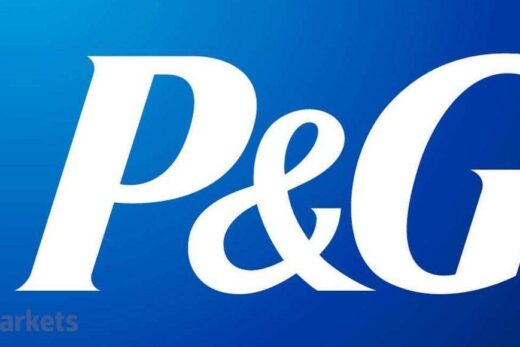The lesson is similar while trying to build a serious net worth for one’s family over the long term. We all are constantly bombarded by noise (superfluous and unneeded information), the challenge is to keep our focus on the controllable and to keep the emphasis on what’s relevant for one’s family.
The last few months have seen a spate of equity NFOs (New Fund Offers) in the mutual fund industry, most of which have seen pretty decent collections. The numbers have undeniably been aided by the positive client sentiment owing to the continuing upswing in the equity markets. During current times, the challenges lie in, a) staying strategic on the asset allocation (i.e. keeping it goal-driven), b) temper expectations on returns, c) continue having a long term view on equity investments and, d) continue with periodic reviews on the portfolio. Investing in NFOs therefore may not be a necessity while building portfolios. It mostly does not get anything unique to the investing table. Existing funds can readily (and with a transparent track record) meet the future needs as per the impending goals.
While building the portfolio on the equity side, be clear in investing monies which will be required for meeting goals at least 6-7 years. The probability of making money keeps going up the longer we stay invested in, in equity funds. In addition, staggering one’s investments over a period of time (one year or eighteen months) works better for volatile market situations (largely the reality of equity markets). New investors are better off avoiding sector/theme- based funds as they tend to witness higher volatility and could therefore be accompanied by higher returns in comparison to diversified equity funds. Amongst the categories- Multicap and Flexi cap funds, be mindful of what they denote. While Multicap funds need to have at least 25% of allocation each in large cap, mid cap and small cap stocks, the newly found Flexi cap category only has to adhere to being at least 65% invested in equity instruments and enjoy the liberty to be allocated across different market caps in varying proportions. On the other hand, large & mid cap funds need to be at least 35% invested in each of large and mid-cap companies.
The decision to invest in Multicap, Flexi cap or Large & mid cap categories should not be based on the current market situation but on the future goals and risk appetite. Alternatively, for a simple-to-understand equity asset allocation strategy which is equally effective if not more, one can look at allocating money across pure large cap, mid-caps and small cap funds. For a DIY investor it is a good idea to contain the exposure to mid-cap and small cap funds to 25-30% of the equity portfolio. Large cap funds can be replaced by index funds, choose the one with a low tracking error. Also, invest around 7-10% of your equity portfolio in international funds, it will help i) diversify meaningfully across geographies, ii) allow exposure to companies which may not have presence in the country, and iii) it will help one benefit from depreciation of Rupees vs USD on an annual basis.
Eventually, constructing an equity portfolio should be more a function of one’s impending goals (their dates of need and priority) and risk appetite. Also, the most anxiety-free way to build wealth over the long-term is keeping the faith, cutting the noise outside and investing in a diligent way. In fact, the following serenity quote beautifully sums up the appropriate attitude which we need to adapt towards investing, “God grant me the serenity to accept the things I cannot change, the courage to change the things I can, and the wisdom to know the difference.” Investing is not about forecasting returns but being ready for every and any contingency thus ensuring that money is a source of joy and peace not anxiety and heart-burn. Reaching equanimity with money is not about the quantum of money, but what it represents.
(The writer is founder partner of Srujan Financial Services LLP (MFD- Mutual Fund Distributor) and author of “Why greed is great!!!)



